Bloomington Transit notebook: Old buses scrapped, additional enviro study OK'd, annual accord with IU approved
At its regular monthly meeting on Tuesday, the board of Bloomington Transit (BT) handled several fairly routine items, as well as one that stood out as non-routine. The non-routine item came in connection with a pending land purchase for the new location of BT's operations center.
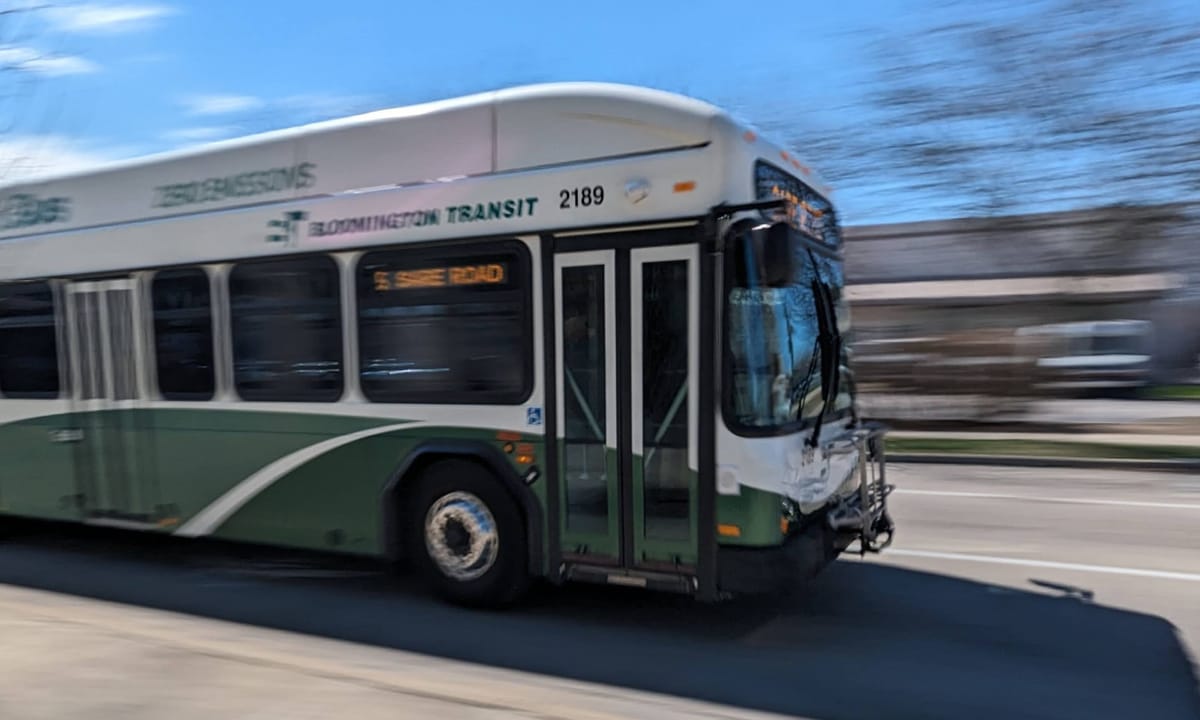
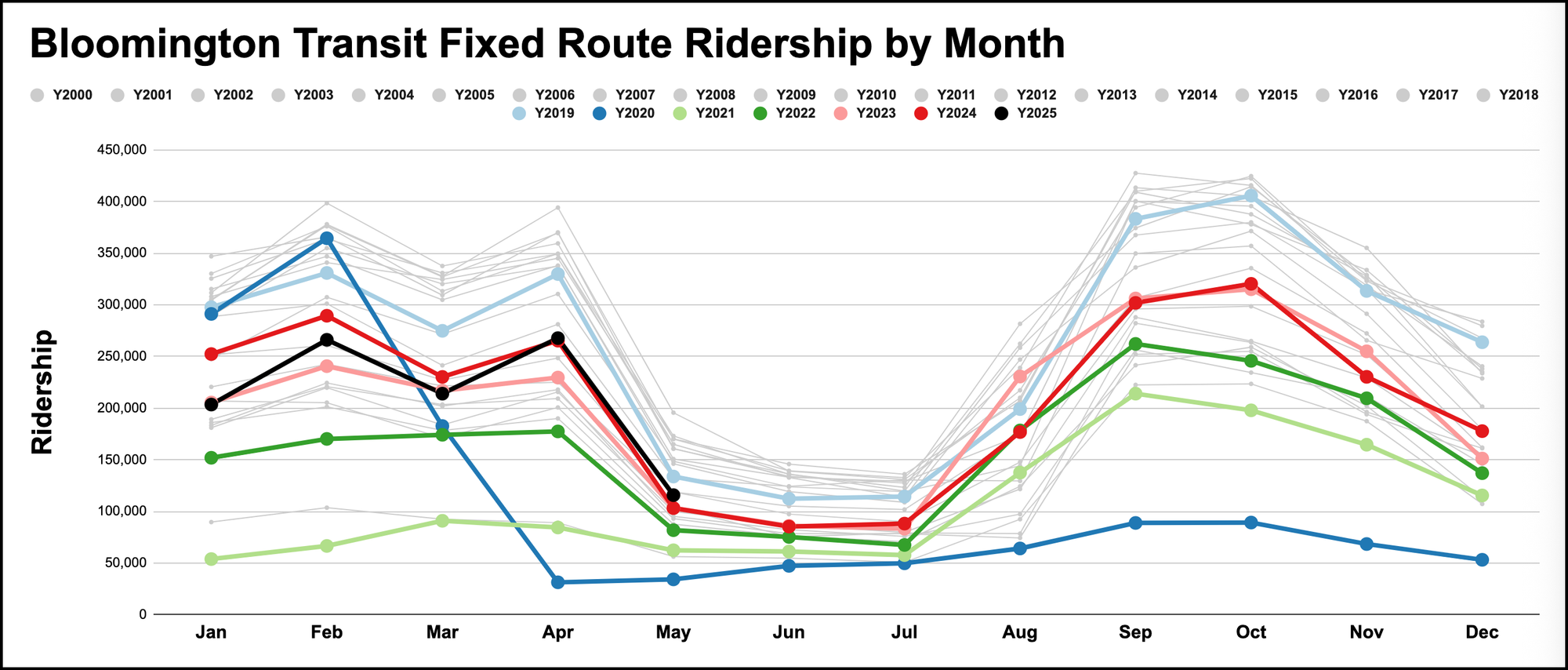
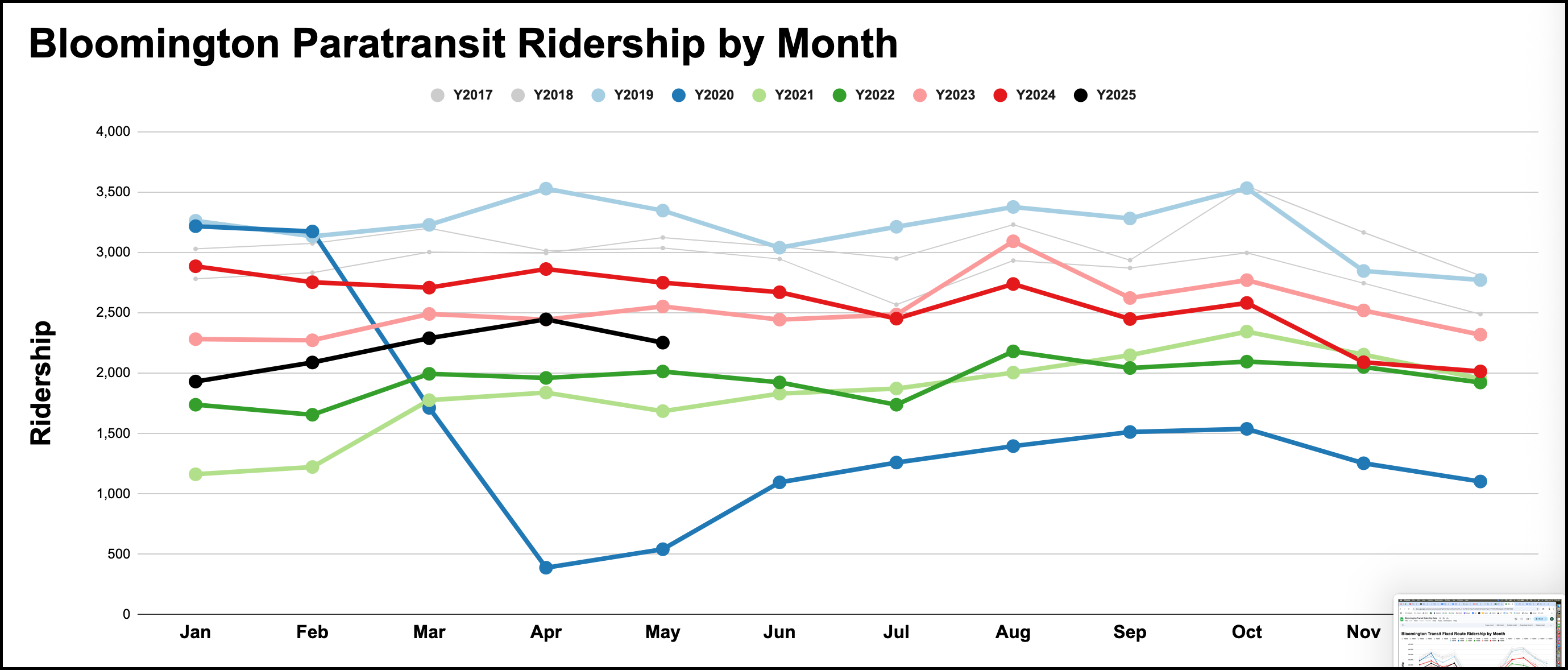
At its regular monthly meeting on Tuesday, the board of Bloomington Transit (BT) handled several fairly routine items, as well as one that stood out as non-routine. The non-routine item came in connection with a pending land purchase for the new location of BT's operations center.
The location of the planned new operations center, which would replace the one at Grimes Lane, has not yet been disclosed to the public. BT has a six-month right-of-first refusal agreement in place with the land owner. Approved by the board on Tuesday was a $79,000 contract addendum with Hansen Professional Services Inc., to undertake an abbreviated Phase II NEPA (National Environmental Protection Act) study on the property. BT general manager John Connell told the board the study will start next week and he hopes that the results will be back for the board's July 15 meeting.
Also approved by the board on Tuesday was the annual agreement with Indiana University, under which fares for IU affiliates (students, faculty and staff) are pre-paid by the university, which means they don't pay a fare when the board. The contract for the coming year, from July 1, 2025 to June 30, 2026 increases about a half percent from last year's figure, from $1,245,590 to $1,251,726.
The board also approved the scrapping of six older buses which are beyond their useful life measured in miles and time, according to Connell. The oldest of the buses to be scrapped was manufactured in 2005, the newest in 2008. The impetus behind selling off the older vehicles for scrap stems in part from a need to make room for new battery electric buses that have been delivered. Eleven of the twelve battery electric buses that were supposed to be delivered to BT in 2025 have already arrived. They're having fare boxes and advertising wraps installed.
The board also approved up to $40,000 for collective bargaining services from RATP Dev, its management consultant, for the upcoming contract negotiations with the driver's union, which is (AFSCME) American Federation of State, County, and Municipal Employees #962. The current contract expires at the end of this year, and negotiations are scheduled to start in July.
Ridership on fixed routes is up for the most recent month, but still down year-to-date compared to 2024. The 115,789 rides in May this year were 12% better than May 2024. So May marked the second month in a row that the 2025 fixed ridership numbers have outpaced the corresponding 2024 numbers by at least a little bit. That's after starting the year with three months in a row that showed lower monthly totals. Shelley Strimaitis, who is planning and special projects manager for BT, told the board that some of the better ridership in May is due to Indiana University's schedule, which included more days in May this year than last year. The year-to-date figure of 1,067,259 is still about 6.4% less than last year.
Paratransit ridership numbers continue to trend lower, by about 20%, compared to last year's numbers. Strimaitis responded to an emailed B Square question about the lower number by saying some of it could be blamed on the severe weather in January and February—people just stayed home.
For the other months, Strimaitis said the explanation probably stems from the new routing software (RideCo). She said the implementation of the new software also came with "some shifts in service to be more in line with official ADA regulations" which she thinks led to some passengers using the system less. Even though total paratransit ridership is down, Strimaitis said the software allows for more efficient routing which means a year-over-year increase in the trips per hour. Trips per hour is the metric BT uses to track paratransit performance, more than raw ridership numbers, Strimaitis said.


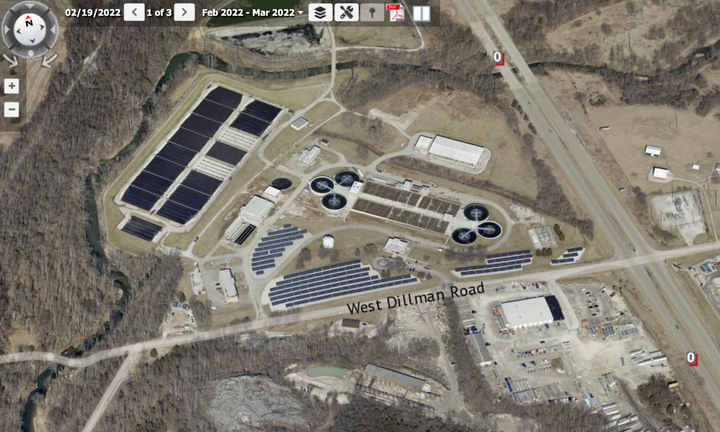
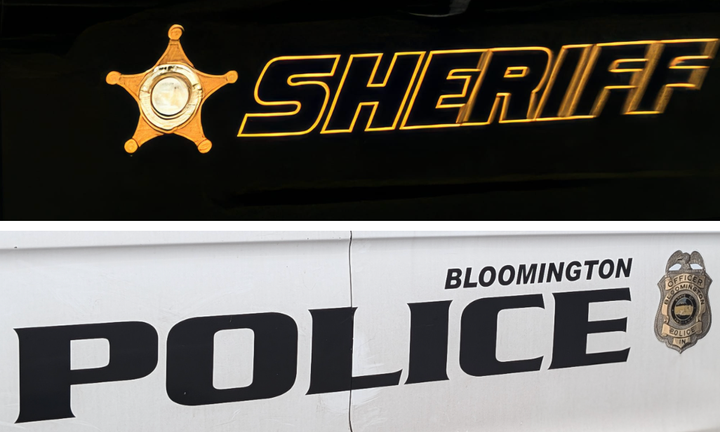
Comments ()